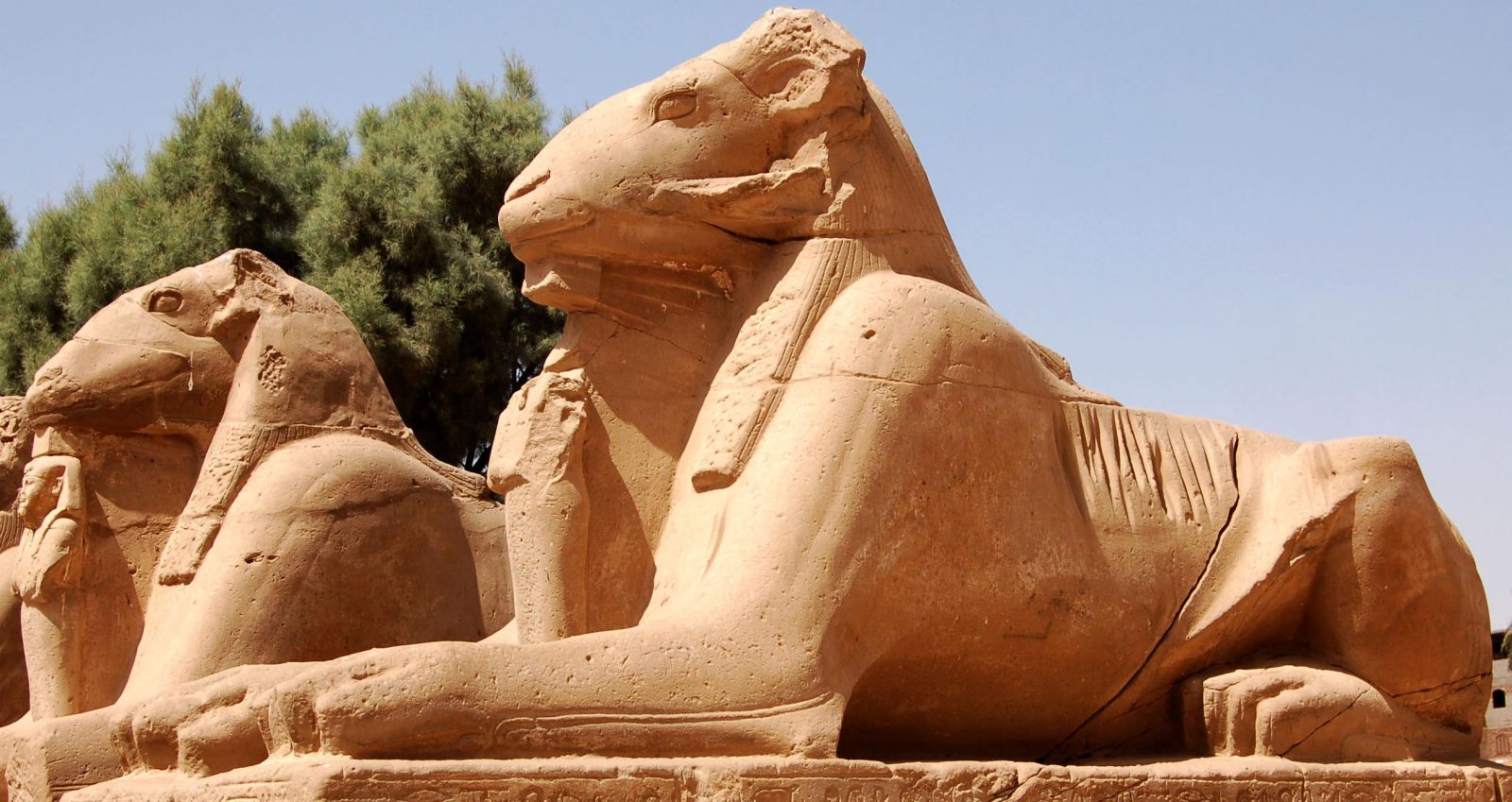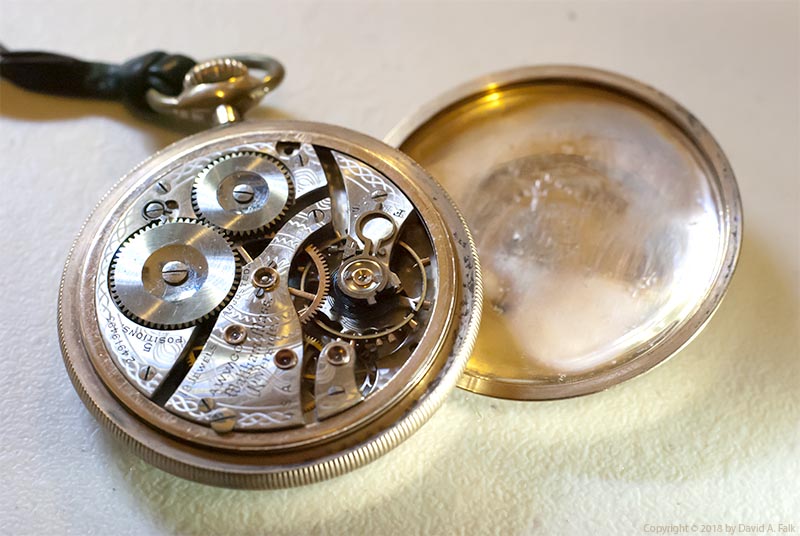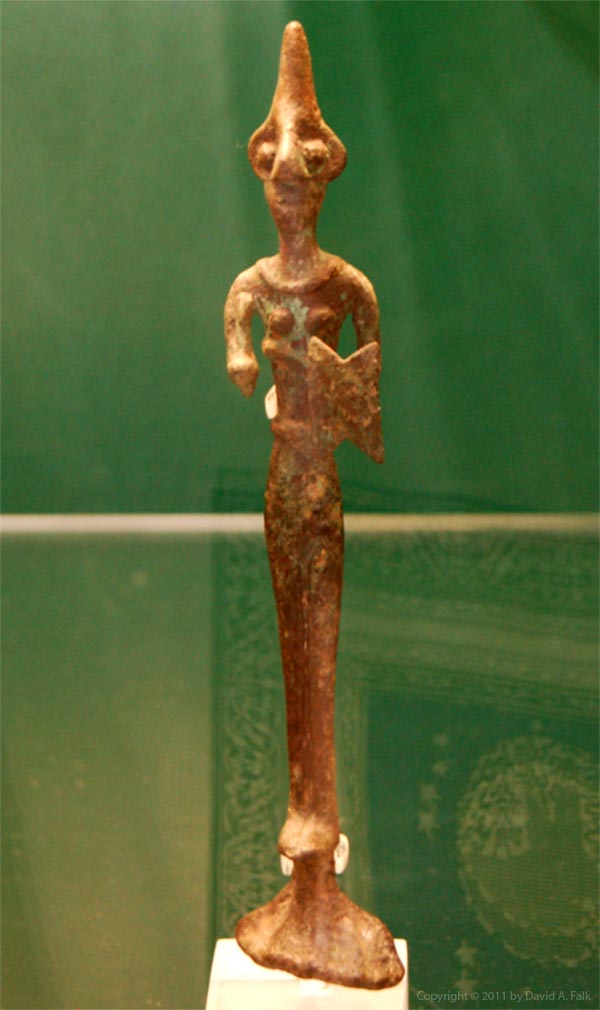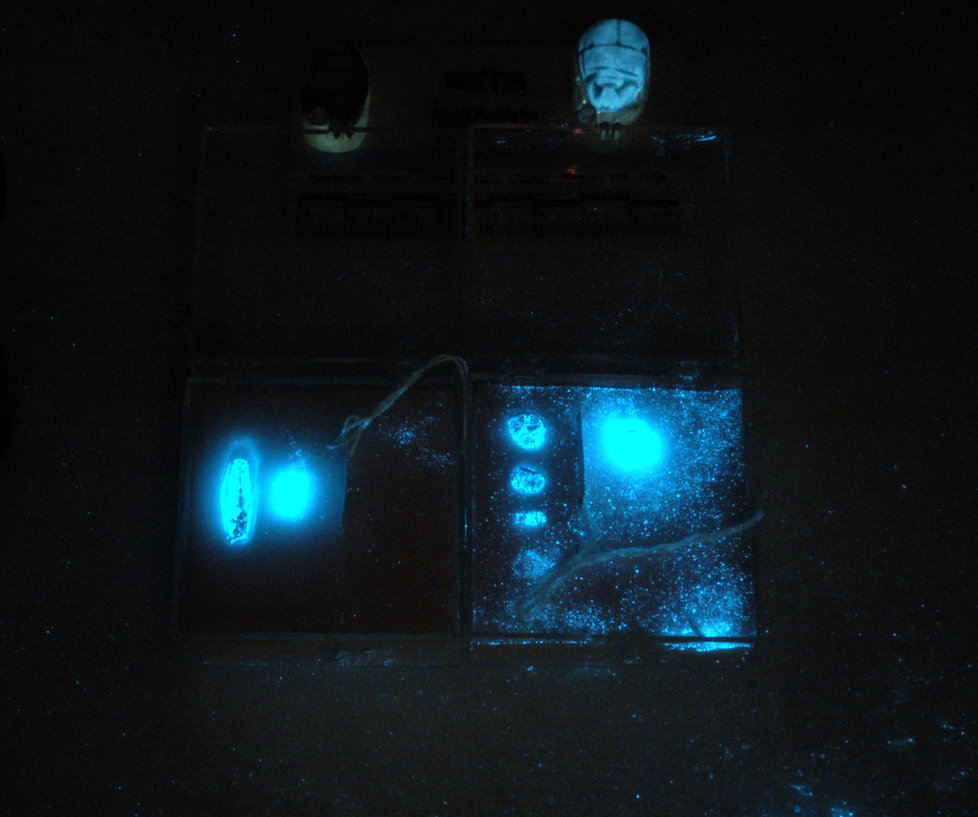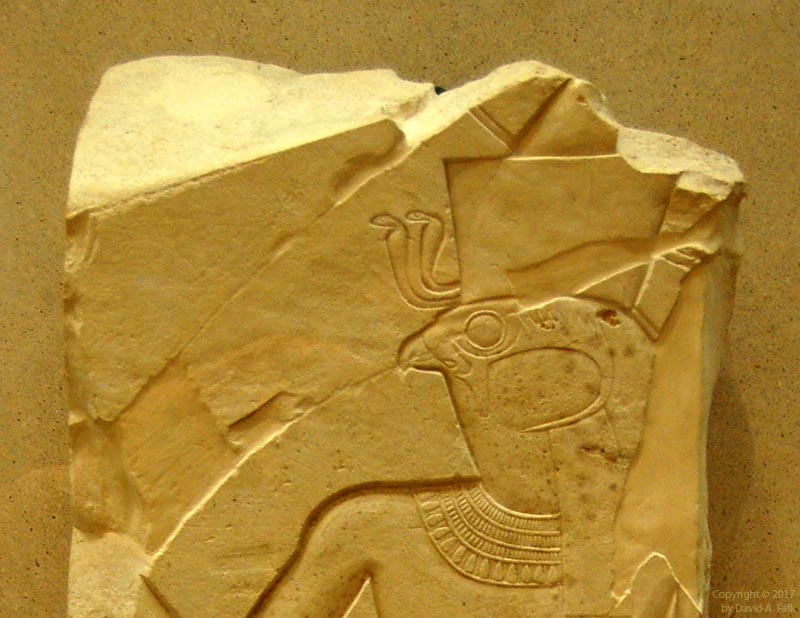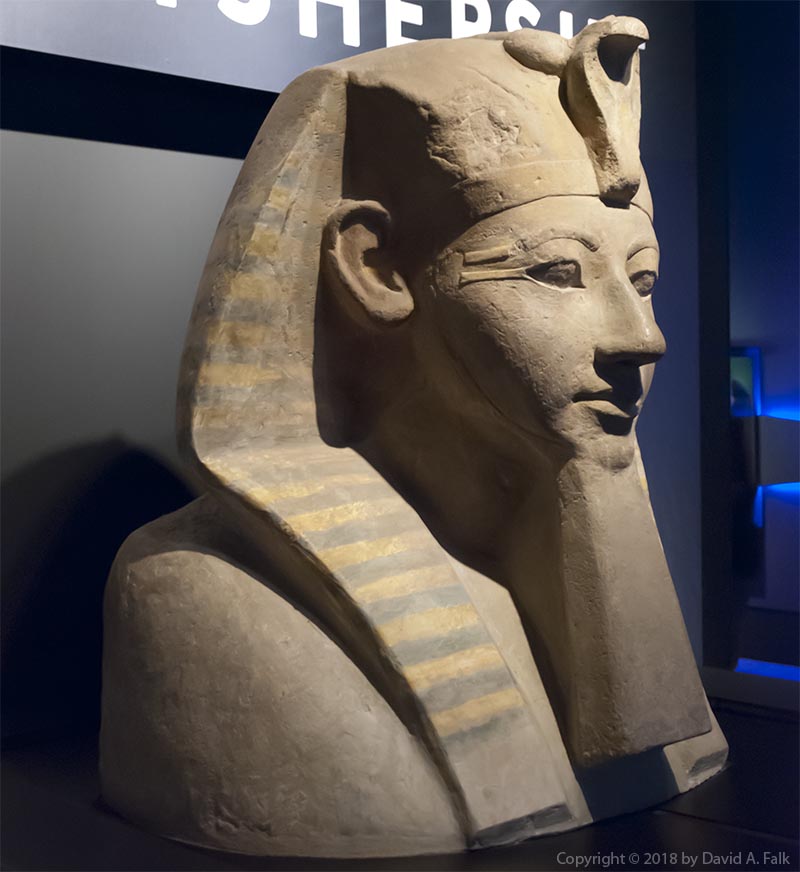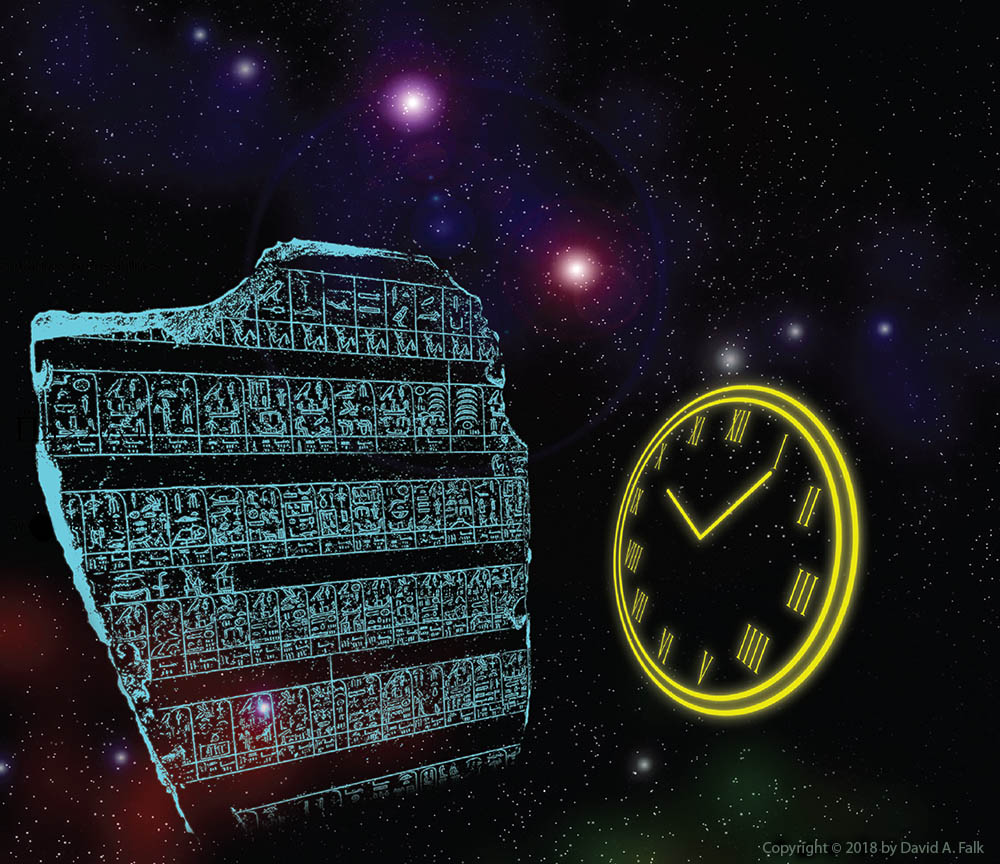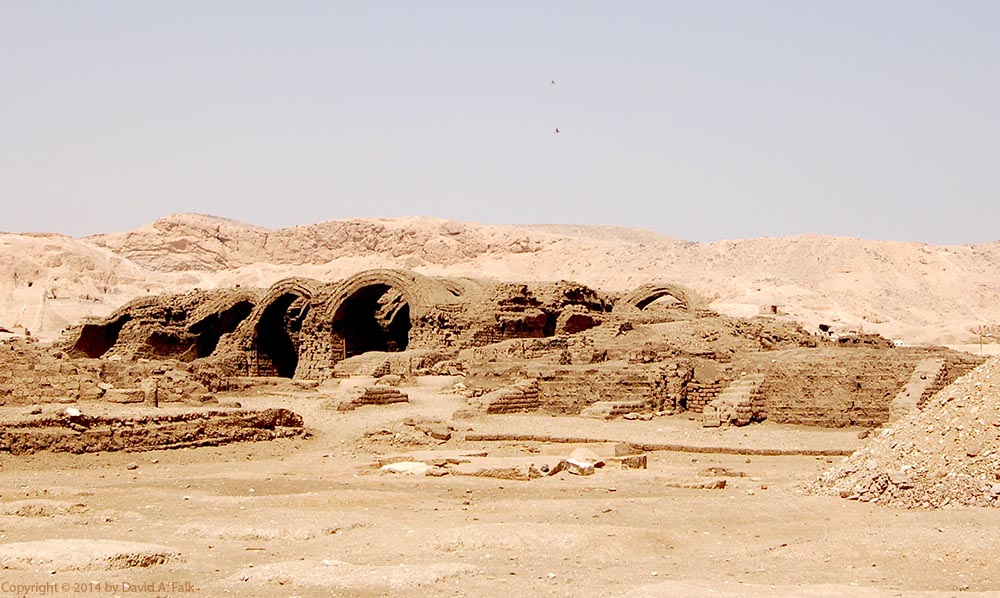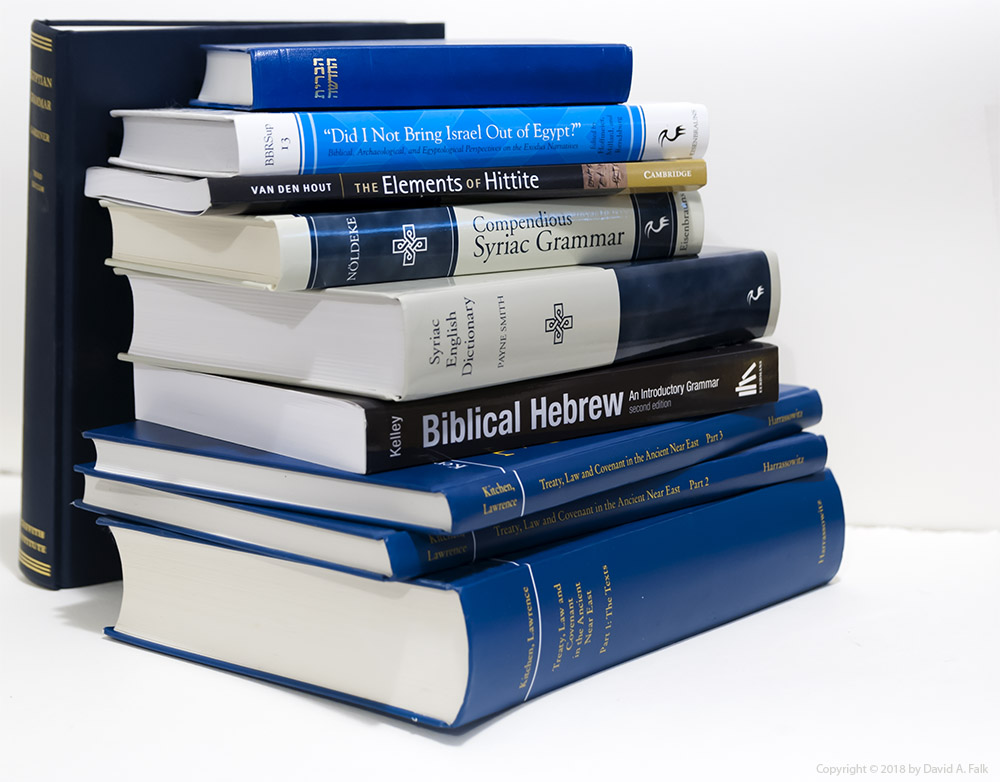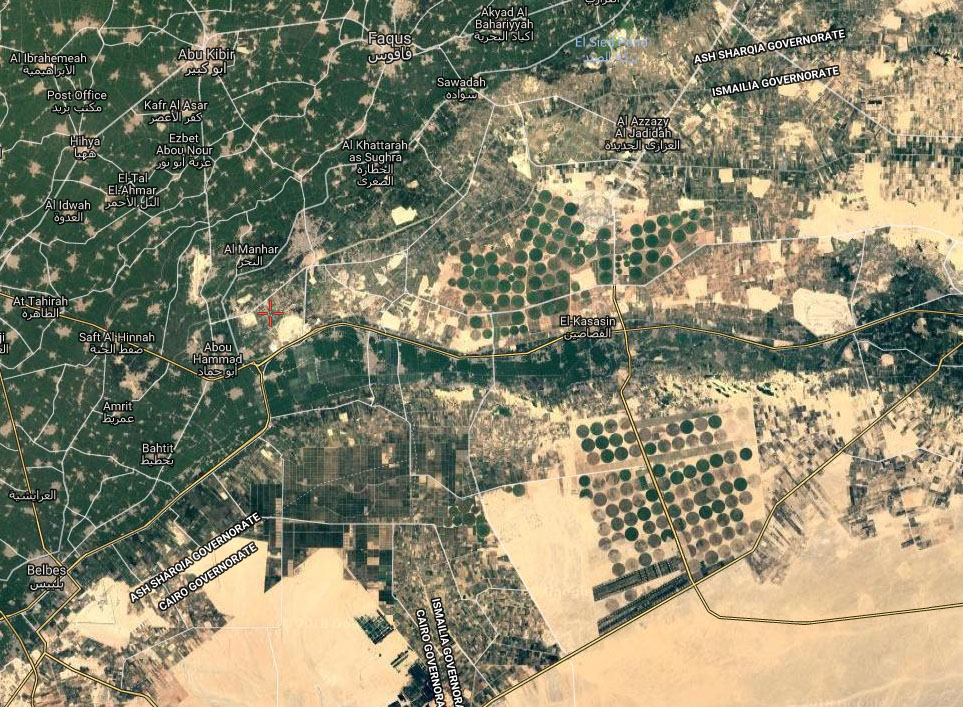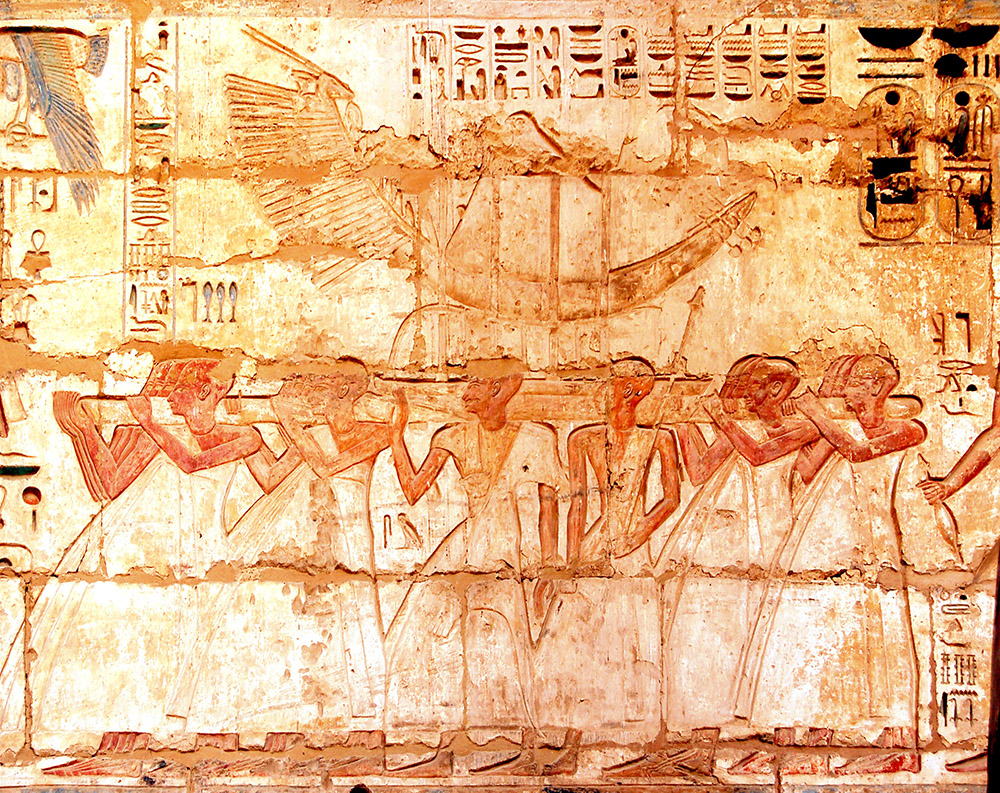As an Egyptologist who has taught at a university, teaching the ancient Egyptian language is one of my duties… and great pleasures. And sooner or later, my students will need one or more dictionaries in order to continue studying Egyptian at a more advanced level.
Not All Dictionaries are Created Equal
One my specializations as an Egyptologist is lexicography. Lexicography is the study of the meaning of words. It is a field of study that has been much neglected over the past century but is imperative to our understanding of the Egyptian language.
As one grasps the issues involved in lexicography, one soon discovers that not all dictionaries are created equally. You will look at the definition in a dictionary and say to yourself, “Well, it sort of means that but not really.” Or you’ll even find that some definitions were originally placeholders that are accepted as part of the academic tradition.
For example, tἰšpss is frequently translated as “cinnamon” based upon how Breasted translated the word in AD 1906. He reasoned that the “merely hypothetical” translation “cinnamon” would eventually be corrected (Schoff 1920, 263). Within a couple generations, the definition entered into the academic tradition and became an accepted translation (Lesko, 2:201; Wilson 1124). But the problem remained–cinnamon trees do not grow in Africa.
And some dictionaries are so woefully flawed or out of date as to be absolutely useless, e.g., E. A. Wallis Budge, An Egyptian Hieroglyphic Dictionary (1920).
Best Dictionaries for Learning Egyptian
More often, students will resort to resources including dictionaries that they find online, e.g., Mark Vygus’ Middle Egyptian Dictionary (2002-2018). These “efforts” are not really dictionaries but word lists that have been extracted from someone else’s work/database.
For example, Vygus’ dictionary was extracted from Luca Brigatti’s Hieroword software. Paul Dickson’s Dictionary of Middle Egyptian (2006) in turn depends largely upon Vygus’ work. Neither Dickson, Vygus, nor Brigatti have a publication record in Egyptological journals. And as far as I can tell, they have no credentials in the field so their unvetted, low quality word lists are best avoided. What terrifies me is that I’ve seen these word lists used in so-called scholarly works (e.g. Petrovich, 2016).
So here is my list of the best dictionaries for learning ancient Egyptian annotated with my opinion as to each work’s merits and problems.
Raymond A. Faulkner, A Concise Dictionary of Middle Egyptian (1962).
This is the “go to” dictionary for students learning Middle Egyptian, and rightly so despite some errors and deficiencies. Faulkner was a first rate scholar and extremely proficient at lexicography, and he brings that experience into this book. It has some of the best definitions with citations that are found in any dictionary published to date.
The dictionary does have some problems that the student should be aware of. It is concise so it is shorter than other dictionaries, and the student may need to consult other works for less common vocabulary. Also, it is published in Faulkner’s handwriting, which can be difficult for the beginning student to read. The dictionary lacks street credibility in the academic community as a reference work, unfairly so in my honest opinion.
Overall, the work is inexpensive, reasonably accurate, and written in English. Few dictionaries on this list have all three. It is the single best dictionary for overall quality.
Adolf Erman and Hermann Grapow, Wörterbuch der aegyptischen Sprache (1926-1963)
The Wörterbuch, as it is known by, is the big standard reference dictionary of Egyptology. It comes in twelve volumes and is highly respected as the dictionary in the Egyptological community. The advantage of it is that it is exhaustive.
The disadvantages of it are plentiful. It is written in German, which is an impediment for most native English speakers. The definitions are not as well-considered as they should be–an embarrassing fact that Gardiner (1948) drew attention to. And for a work that is so highly regarded, it is poorly cited. An attempt was made to add citations with a supplement called Die Belegstellen, but that effort was unfortunately cut short.
No work of Egyptology would be consider seriously without consulting the Wörterbuch. In my opinion this dictionary is very long in the tooth and should be used as a starting point pending further lexicographical work. I would no longer consider the Wörterbuch the final authority for a definition.
Rainer Hannig, Großes Handwörterbuch Ägyptisch–Deutsch (2800-950 v. Chr.) (2009)
This is Hannig’s attempt to modernize and create an abridged version of the Wörterbuch. Lofty goals to say the least. The advantage of this work is that it is only one volume, and parts of it are an improvement over the Wörterbuch.
But there are some disadvantages. Like the Wörterbuch it is written in German. And many entries are little improved over the Wörterbuch. When the work was first published, the work was criticized for its lack of citations.
Hannig responded to these criticisms by writing the Ägyptisches Wörterbuch (2003-2006), which was intended to be comprehensive. Unfortunately, his citations are repetitive and include a lot of redundant entries referencing too many translations of the same source texts. What his work really needed was greater diversity of original source materials.
Overall, Hannig’s dictionary is expensive but compact. The quality of the work is an incremental improvement over the Wörterbuch.
Leonard H. Lesko, ed. A Dictionary of Late Egyptian, 2nd Ed. (2002)
Sometimes the best dictionary is the only one. This dictionary is really a word list that was compiled by Lesko’s graduate students. The 2nd edition does have more citations than the first, but it still lacks the scholarly reflection that you would find in Faulkner.
Nevertheless, many definitions were based upon translations done by expert Egyptologists. As such the work is not as inaccurate as one might fear from a compiled work. This dictionary, however, could still be improved upon with more proper word studies.
However, if you are studying Late Egyptian, you must have this dictionary. No other will suffice.
Penelope Wilson, A Ptolemaic Lexicon: A Lexicographical Study of Texts in the Temple of Edfu (1997)
This is the definitive lexicon on Ptolemaic period Egyptian. The scholarship is excellent and thorough. The work is written in English but is only for advanced students. The only problem is that it is next to impossible to get your hands on a copy as it was published as a fascicle of the series Orientalia Lovaniensia Analecta and not currently in print.
Walter E. Crum, A Coptic Dictionary compiled with the help of many scholars (1939)
There are two excellent dictionaries that deal with Coptic, the last phase of the Egyptian language. Fortunately, both are written in English, reasonably priced, and available as reprints. The dictionary by Crum is the standard dictionary for Coptic. Crum’s dictionary is an overall sound piece of scholarship.
Jaroslav Černý, Coptic Etymological Dictionary (1976)
Černý fills in an important gap by tying the Coptic words found in Crum to related words and phrases found in Greek and older forms of Egyptian. The scholarship is terrific and this work is essential for those doing lexicography that includes Coptic.
